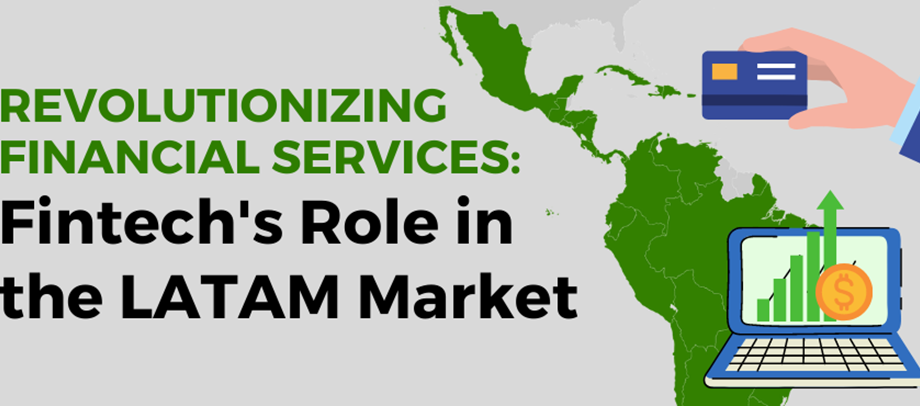Author: Catherine Zhao, Graphics: Carol Lu
The BRB Bottomline
Unprecedented growth in Latin America, coupled with high rates of technology penetration, has given rise to digital banks with services spanning payments, lending, and insurance.
At ground zero of fintech investing, Latin America. Nearly 40% of individuals remain underbanked, unable to access traditional banking systems for cashless transactions, while another eight million underserved SMEs have turned to emerging fintech players in lieu of brick and mortar banks. Unprecedented growth in the region, coupled with high rates of technology penetration, have given rise to digital banks with services spanning payments, lending, and insurance.
In the wake of regulatory changes in the region, startups digitalizing the insurance market have the potential to displace existing legacy players. SUSEP’s Sandbox, for instance, aims to expand insurance coverage by selecting companies to take part in a project with low regulatory cost and innovative flexibility. The initiative intends to bolster existing open banking systems in Brazil, a country already home to a number of digital-born financial institutions (perhaps most notably, Brazilian fintech Nubank, and the Central Bank of Brazil’s P2P payments platform, Pix). Banks in Brazil reap the benefits of some of the highest profit margins in the world—the New York Times reports that “Itaú and Bradesco, consistently earn returns on equity — a measure of the earnings a company can squeeze out of each dollar invested — of around 20 percent,” a figure double that of their US counterparts.
SMBs consistently grapple with establishing predictable revenue streams, forcing small business owners to either finance at exorbitant rates or forgo financing altogether. SMB banking startup Cora and corporate card provider Tribal Credit are just some of the many fintechs making access to capital more equitable to the nearly 27.5 million underbanked MSMEs in Latin America and the Caribbean. In lending to merchants without extensive credit histories, fintechs adopt multiple approaches: Kubo banks merchants digitally before establishing a history of credit while others work in tandem with accounting software to assess cash flows as a proxy for creditworthiness. In a continent with historically sparse venture funding, tech-enabled ventures within the financial services space have come to the forefront of innovation within Latin America.
But the fintech boom extends well beyond neobanks and payments. Wherever incumbent financial institutions have failed to match pace with newer, more innovative counterparts, other startups have cropped up. Mitigating structural demand for services ranging from employee health benefits, payroll, and lending has increasingly become problems of interest, with unprecedented incursions of larger venture funds investing at earlier stages. Even older fintechs with white-label solutions for consumers may find themselves upended by the COVID-19 pandemic; steep competition within fintech verticals necessitates continuous evolution or risk being made obsolete.

